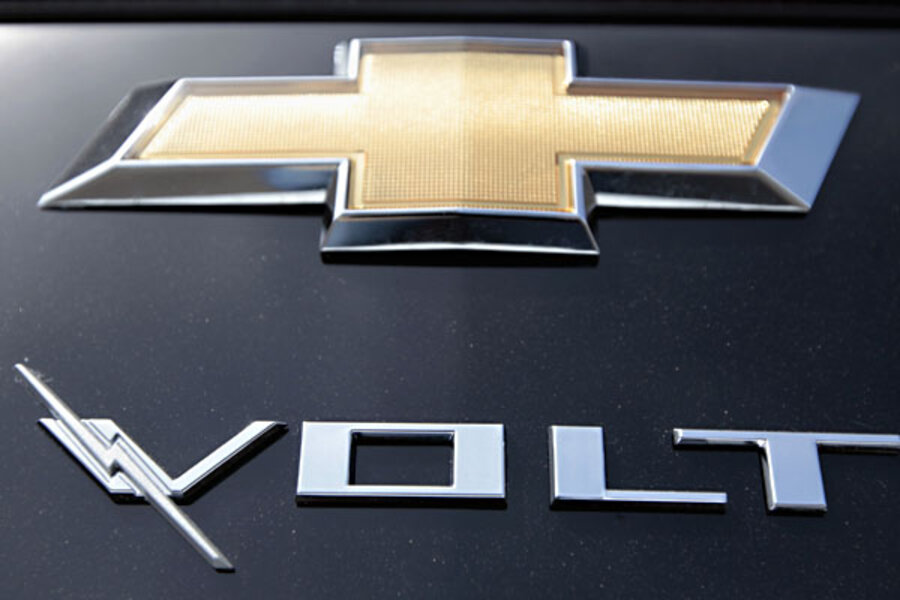Electric cars? That's so 20 years ago.
Loading...
What car can be charged up via a plug, then offers an all-electric range of around 40 miles, before a range-extending generator kicks in to supply power and top up the batteries?
If you answered "Chevrolet Volt", then you'd be correct--but the Volt certainly isn't the first car to tout these statistics.
Back in 1991, another car was under development, and its concept is strikingly similar to GM's offering of today. That car was known as the CleanAir LA301, designed in response to the choking smog of early-90s Los Angeles.
If you've never heard of it before then that's indicative of it being another of the "lost" EVs, a car that simply fizzled away like so many electric startups before and since.
We discovered it in an October 1991 issue of CAR Magazine. A small three-door hatchback, the LA301 offered an all-electric range of 40 miles, before a small gasoline engine--the article states a "Japanese micro-car engine", so we're guessing only 660cc--kicked in to supply another hundred or so miles of range.
Many of those miles would still be electric, as the engine was designed to only kick in to top up the batteries. And unlike the Volt, which can drive the wheels directly from the gasoline engine in extreme circumstances, the LA301's generator had no direct connection to the wheels.
CleanAir LA301 range-extended electric car, October 91 issue of CAR magazine
How efficiently it all worked isn't entirely clear, as the article suggests an average of only 50 mpg over a journey of 100 miles, and that includes the 40 miles of electric range.
Nor was it particularly quick, at least by today's standards. The 57-horsepower electric motor meant a limited top speed of 70 mph, and 0-50 mph acceleration in an unimpressive 17 seconds. The car used a two-speed gearbox to deliver the power, switching automatically between the two ratios once underway.
Even back then though, CleanAir understood that many drivers would cover the majority of their driving in the 40-miles of electric range. Research suggested that 90 percent of drivers in the LA basin covered fewer than 40 miles per day.
Even back in the early 1990s, the company suggested that a $15,300 lead-acid battery replacement every four years (!) would be required. Inflation-adjusted, that's $25,000...
Sadly, and perhaps due to some of its more glaring shortcomings, it never hit sales volumes of 1,000 in 1993 nor 3,000 in 1994, nor did it even go into series production.
It is now but a curio from the history books, but its spirit still lives on--in the 2012 Chevrolet Volt.







